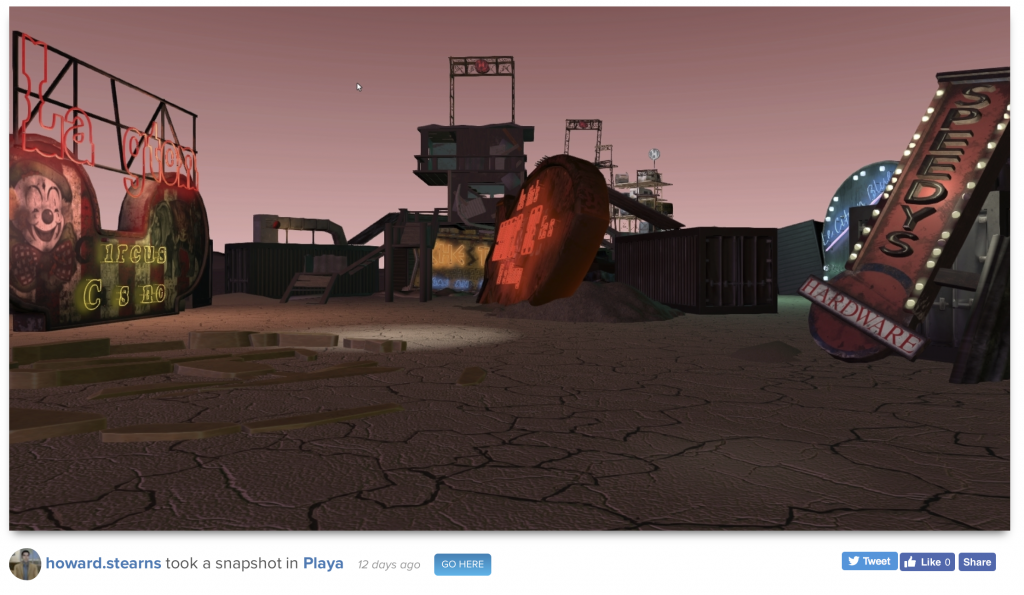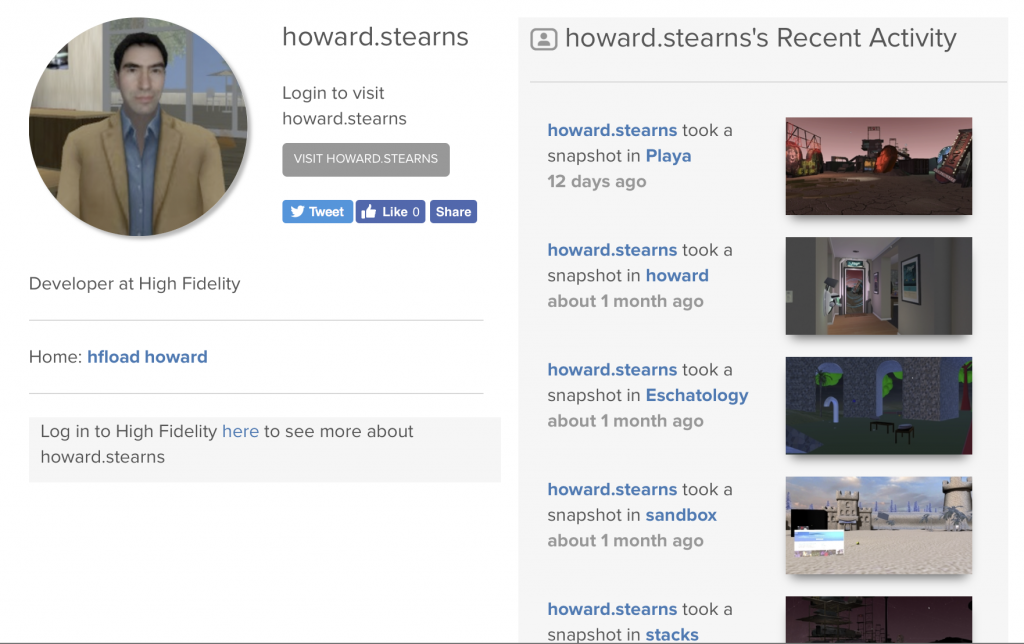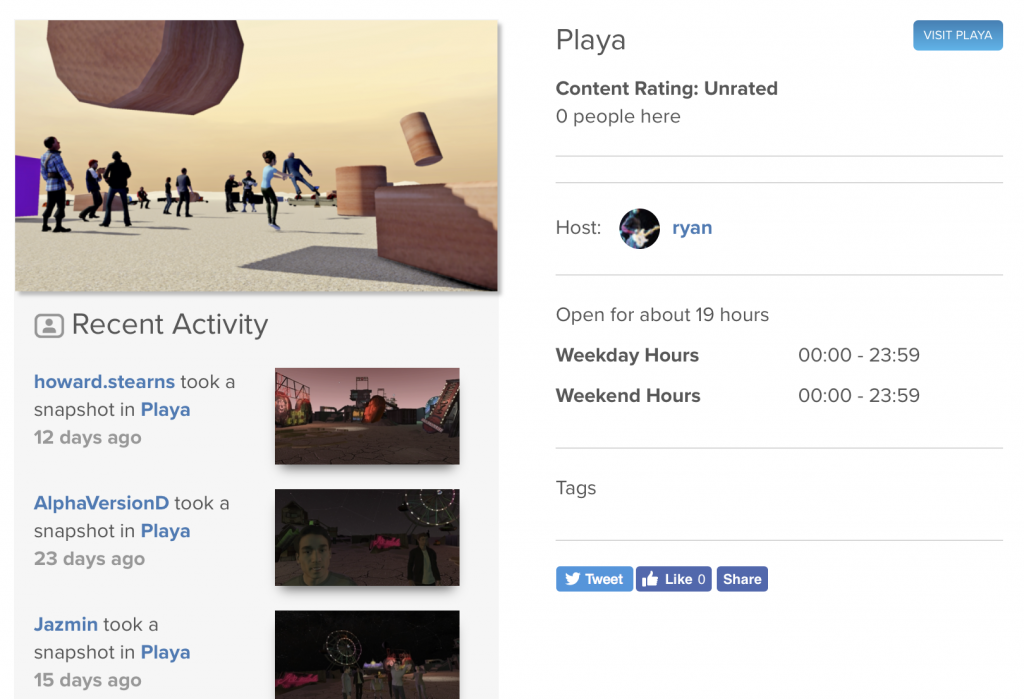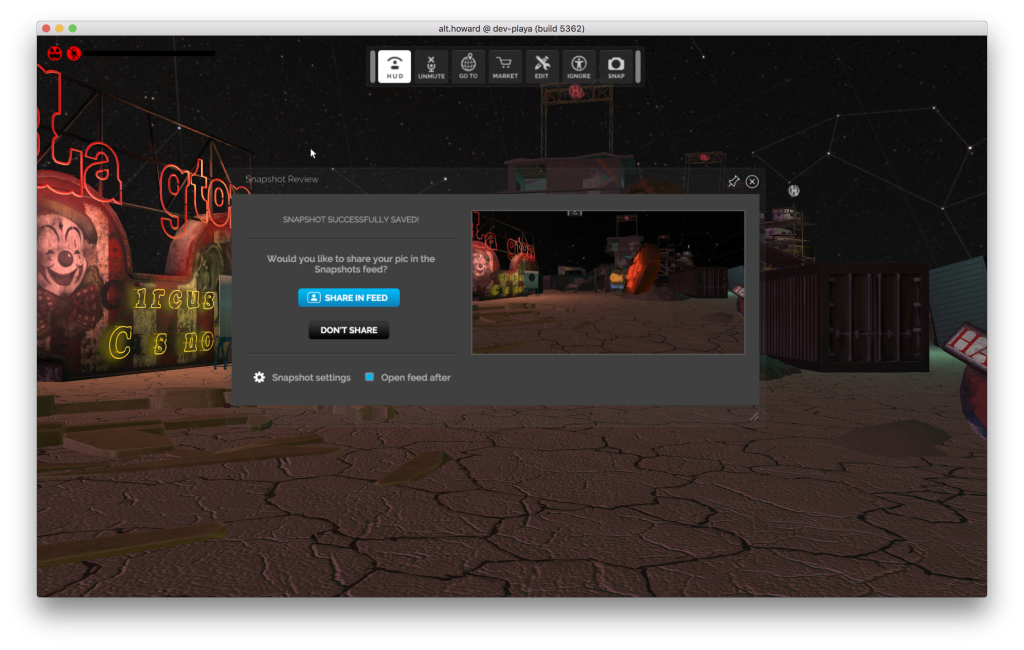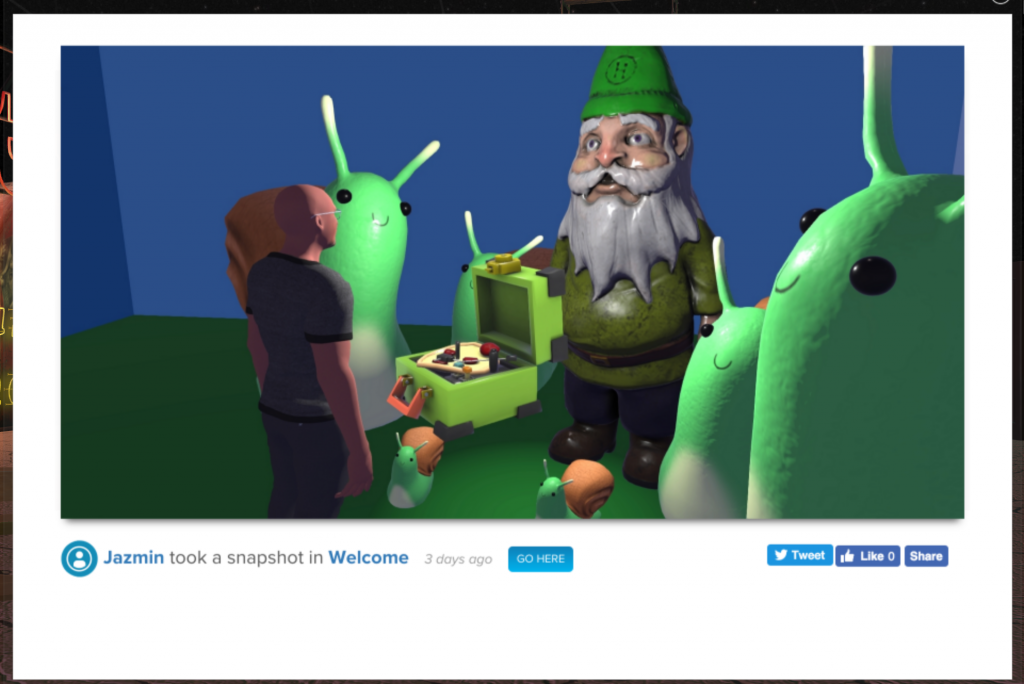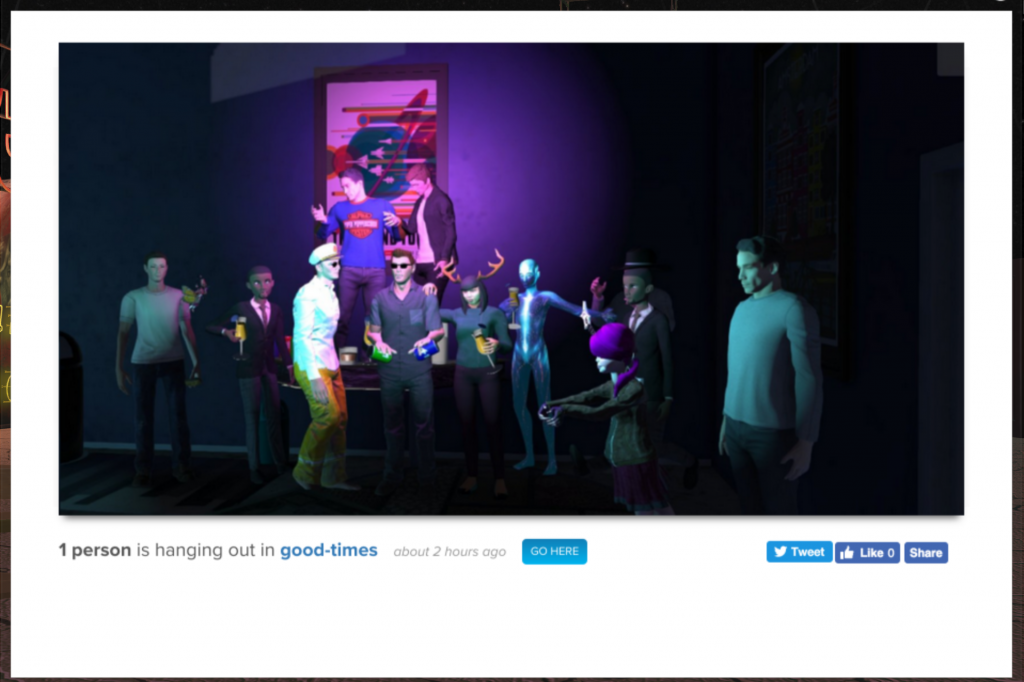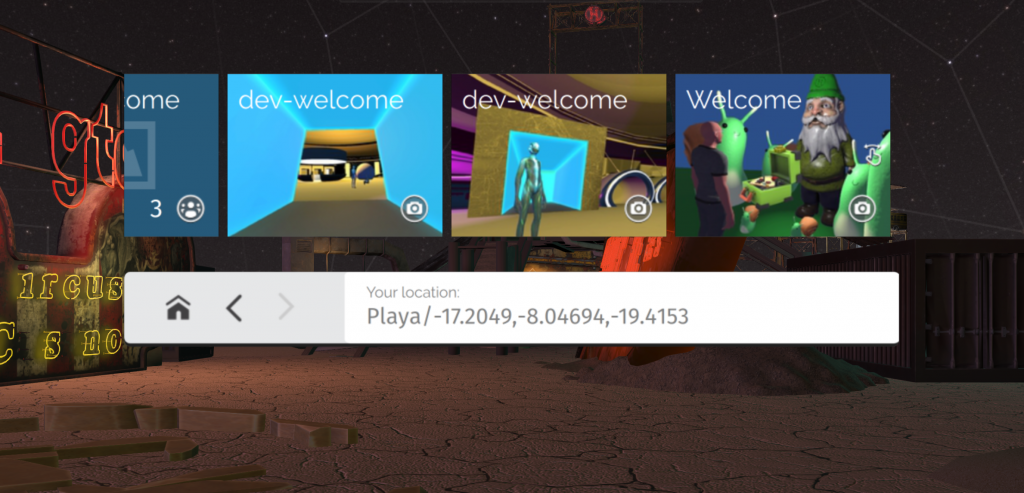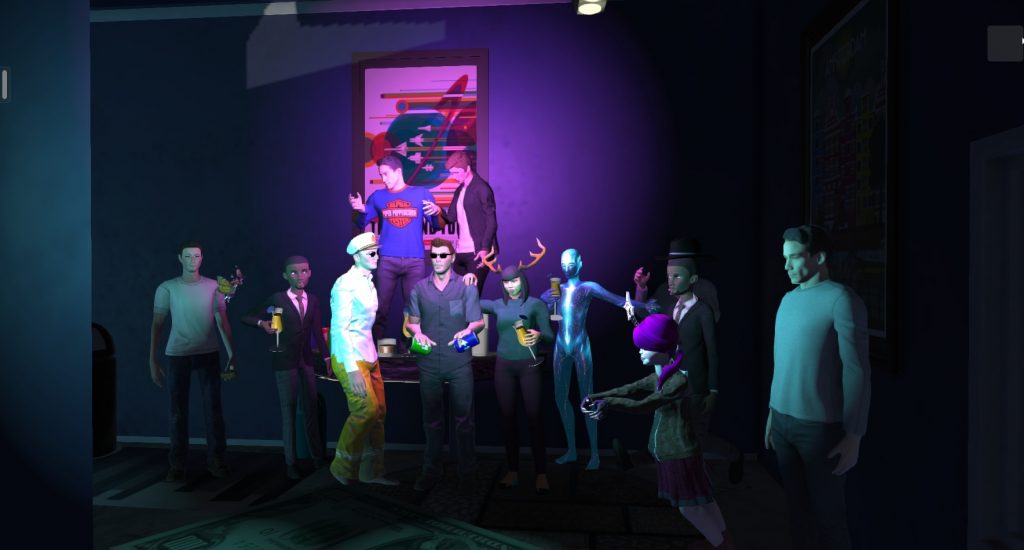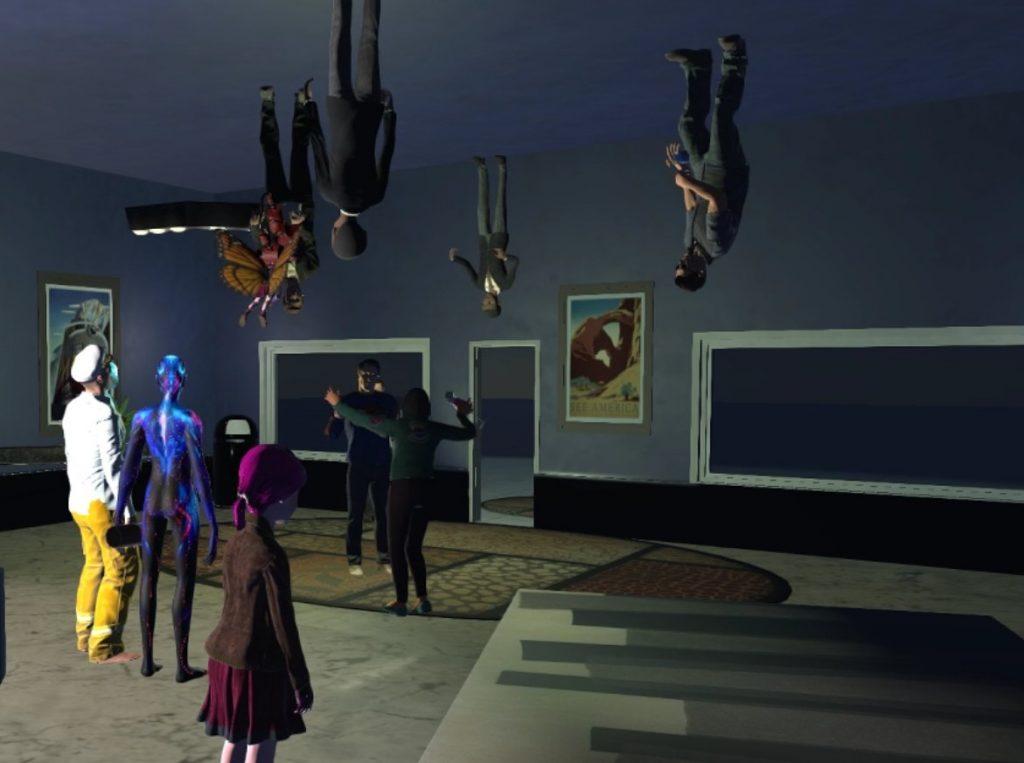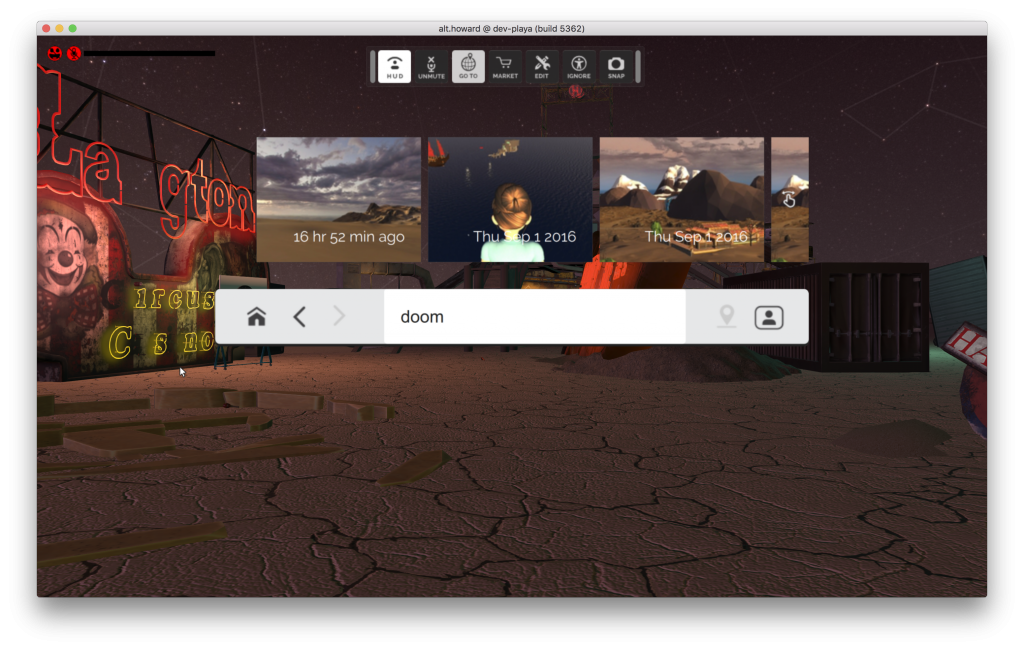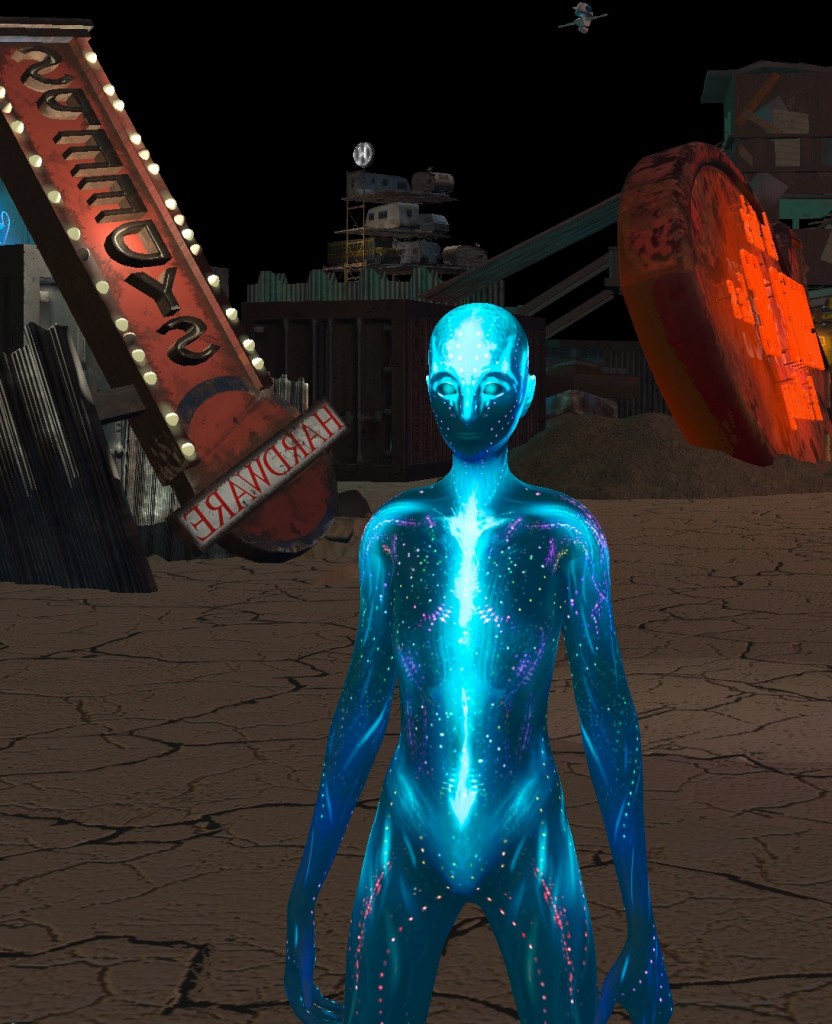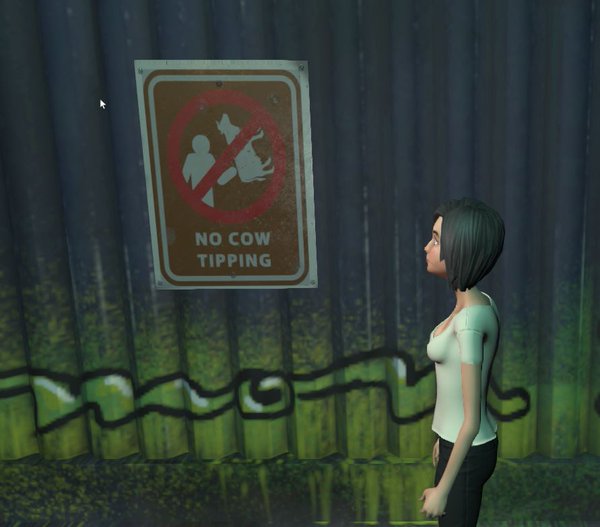Last term the Supreme Court decided Ohio v. American Express, an antitrust case in which the Supreme Court held that when analyzing whether conduct harmed consumers (and is thus a cognizable injury under the antitrust laws based on the current “consumer welfare standard“), if the object of the case is a two-sided market, the Court must analyze both sides of the market, i.e., the consumer facing side and the merchant facing side, to determine if the conduct causes harm. If vertical restraints on the merchant side of the platform produce benefits to consumers on the other side, then the restraints do not violate the antitrust law — even if they prevent new competitors from successfully emerging. In Ohio v. Amex, the court reasoned that an “anti-steering provision” that prevented merchants from directing consumers to other credit cards with lower swipe fees (the amount a merchant pays the card) was offset by Amex providing benefits such as travel services (at least to platinum members) and various discount and loyalty reward programs. The court found this consumer benefit offset the cost to merchants of the higher swipe fees (as the dissent observed, the majority did not address the finding of the district court that these higher swipe fees were passed on to consumers in the form of overall higher prices).
While Ohio v. Amex dealt with credit cards, folks like Lena Kahn have argued that because digital platforms such as Facebook are also “two-sided markets,” this decision will make it extremely difficult to go after digital platforms. As long as the company justifies its conduct by pointing to a consumer benefit, such as giving the product away for free (or selling at a reduced cost in the case of companies like Amazon), it is hard to understand what harm to the folks on the other side of the market will satisfy the consumer welfare standard. Or, in other words, it would appear under Ohio v. Amex that even if a firm like Amazon or Facebook does things to prevent a competitor or extract monopoly rents from the non-consumer side, as long as consumers benefit in some way everything is cool.
Others have argued, however, that we should not read Ohio v. Amex as bleakly as this. Since the majority did not address the findings of the district court, the majority did not rule out that exercise of market power over the merchant side could never cause harm to consumers and thus violate the consumer welfare standard. Rather, taking the decision at face value, those more optimistic about the future of antitrust and two-sided markets maintain that the district court erred in Amex by focusing on the harm to competition, rather than how that harm directly impacted consumers (again, the dissent points out the district court did focus on the harm to consumers, but the majority makes no comment on these findings, so there is no negative case law about whether a merchant voluntarily passing on the higher swipe fees in overall higher prices is a cognizable harm).
Recently, the Supreme Court heard argument in Apple v. Pepper. As I explain below, although Apple v. Pepper addresses standing rather than a finding of a violation of the antitrust law itself, it should provide further guidance on whether antitrust law remains relevant in the era of two-sided markets. More below . . . .




